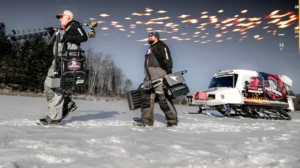Growing up on the salt, most of my fisheries were seasonal in nature. I learned to love a variety of fish, and their short window of availability made me cherish them even more. You would use your vacation days when the run was on, and did everything in your power to get out as often as possible. With so many species to choose from, fresh and salt, it became tough to decide which was my favorite — which fish is best.
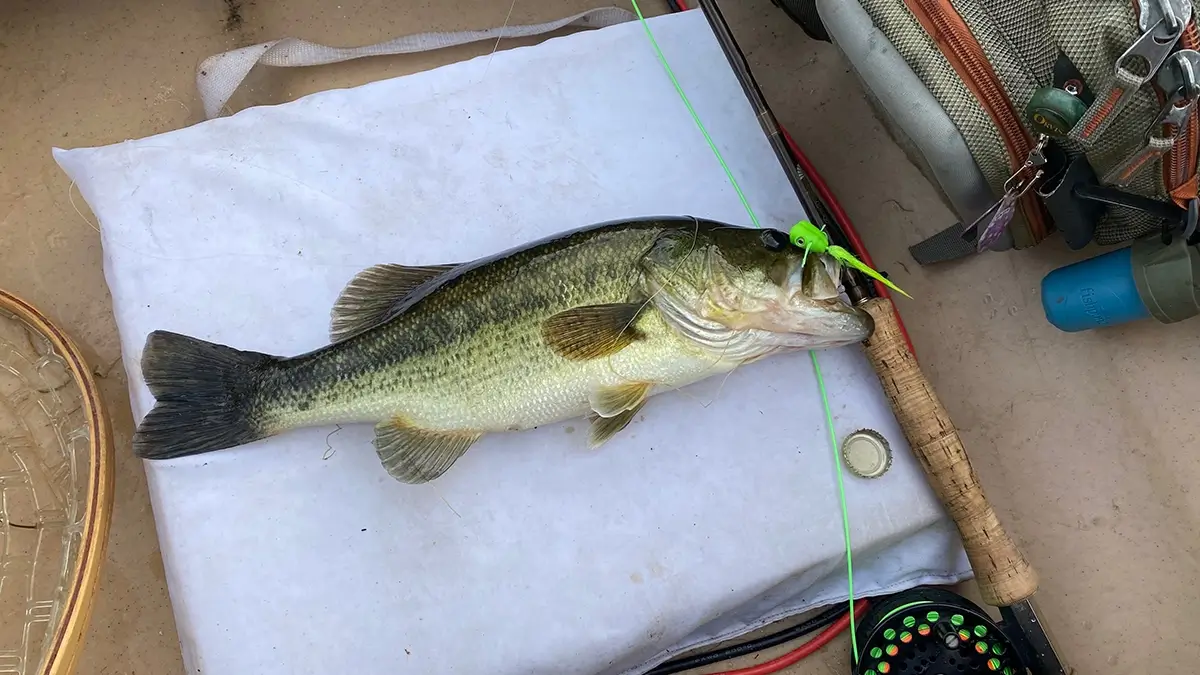
Largemouth Bass
I love largemouth bass because they are America’s gamefish, present in 49 states (technically 50, but only a couple were found in Alaska). Bucketmouths can be found everywhere, from tiny farm ponds to big water and everything in between — I’ve even caught them in roadside drainage ditches.
They grow big, with double-digit fish swimming throughout most of their range. And you can catch them just about any way you want with just about any type of tackle — even the humble cane pole and a handful of crickets will do.
Around 30 million people in the United States fish for largemouth bass, which is roughly 10% of the population. They all can’t be wrong.

Striped Bass
I love striped bass for the variety of habitats they utilize. They can be caught along the bunker (menhaden) schools in the open water of bays or oceans, tucked up in tidal creeks or estuary systems, or on the open beach chasing bait in water measured in inches. It’s hard for me to pick a favorite way to chase them on the spot, but if you twisted my arm it would be fishing Spooks in tidal creeks, watching them crash through the surface.
In my lifetime, their population has fluctuated greatly, from moratorium levels in the 1980s to a booming population in the 2000s and then a decline later. Though there may be fewer fish now, they are typically large; 40 inches or greater. When they show up, hordes of anglers take off work, filling the beaches, bays, and oceans. And if you’ve ever seen a striped bass chasing bait inside a breaking wave, you’d know why those anglers did so.

Brook Trout
I love brook trout for the places they live. Fishing can be a communal sport, gathering friends, family members, and others together. But sometimes, I want solitude, and there’s no better place to experience that than on the tiny, wilderness creeks and ponds that brook trout call home.
There’s just something about bobbing along in a float tube; your only companion a moose that wandered down to the water’s edge to snack on the lily pads. Hiking up the tiny blue lines that hold 10-year-old trout that measure less than 6 inches is something everyone should experience at least once in their lives. And in the right places, they get pretty big, too. Fortunately, those areas are also pretty tough to get to. Big fish and solitude in pretty country — hard to beat that combo.
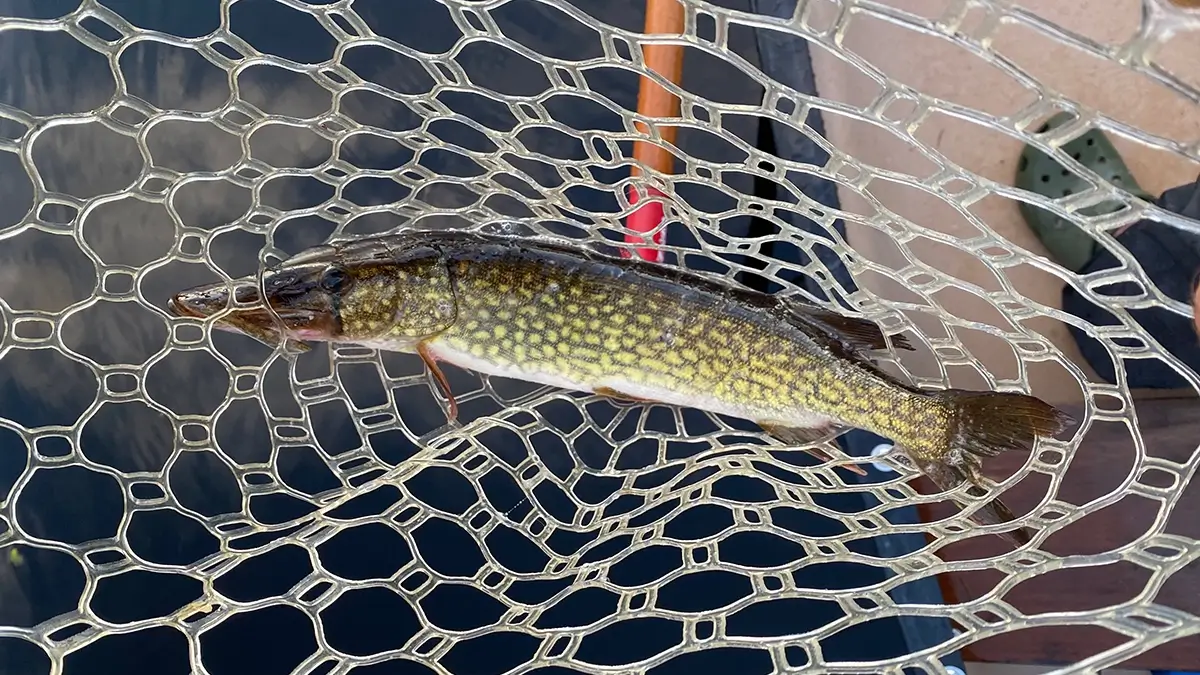
Pickerel
I love pickerel for their ability to save the day with their aggressive antics when the summer sun burns too hot. Though some avoid them because of the sharp teeth that shred lines and steal tackle, I have had more than one trip salvaged by these missiles when the bass bite burned off.
These predators hold up in the shallowest grass despite the high temperatures, waiting to smash a topwater with reckless abandon. Their slashing attacks are the stuff of legend, seemingly coming out of nowhere. Over time, I started chasing them intentionally, valuing them for their prowess as an ambush predator. With a healthy appetite, a bad attitude, and an aptitude for destroying baits, it’s easy to see why pickerel have earned a spot in my heart.

Rainbow Trout
I love rainbow trout for the sport they provide, in the wild or stocked at the local pond. A stocked steam provided my young son with some of his first fish; rainbows to 16 inches that ate a foam ant fished rather poorly by the five-year-old. The species have started many on their fishing journey, placed in the local lake for a fishing derby or scout event.
Many traditions are held over the pursuit of stocked rainbows: gathering with friends or family shortly after the hatchery truck’s departure, filling a stringer and enjoying a few filets later. But in the places where they reproduce on their own, rainbows grow big and hungry. I found new respect for them on some of Alaska’s rivers and creeks, catching two-footers that smashed streamers. Like Buck, those fish answered the call of the wild.
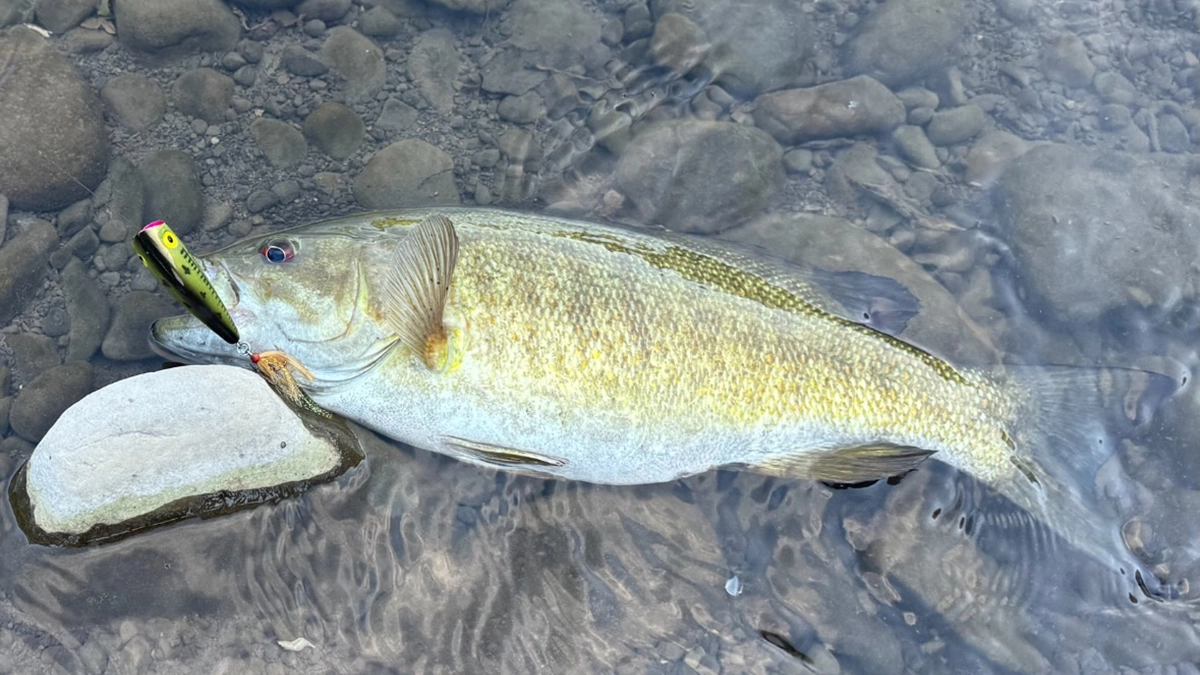
Smallmouth Bass
I love smallmouth bass — pound for pound, there are few greater fighters in the piscine world. These bronze brawlers attack all manner of flies, lures, or baits with abandon, ripping drag when they feel the hook. They’re also not afraid to go airborne, with even 5-pounders putting on impressive acrobatic displays.
You can catch them in rivers, where they use the current to their advantage, and amplify their already powerful caudal muscles. In the right circumstances, they absolutely demolish poppers. They’ll also sip dry flies with the same precision of brook trout, rising delicately and inhaling a hatching mayfly. In the depths of summer, you can find them hunting down bait in the depths of the big lakes. In short, smallies might just be the best sport fish known to man.
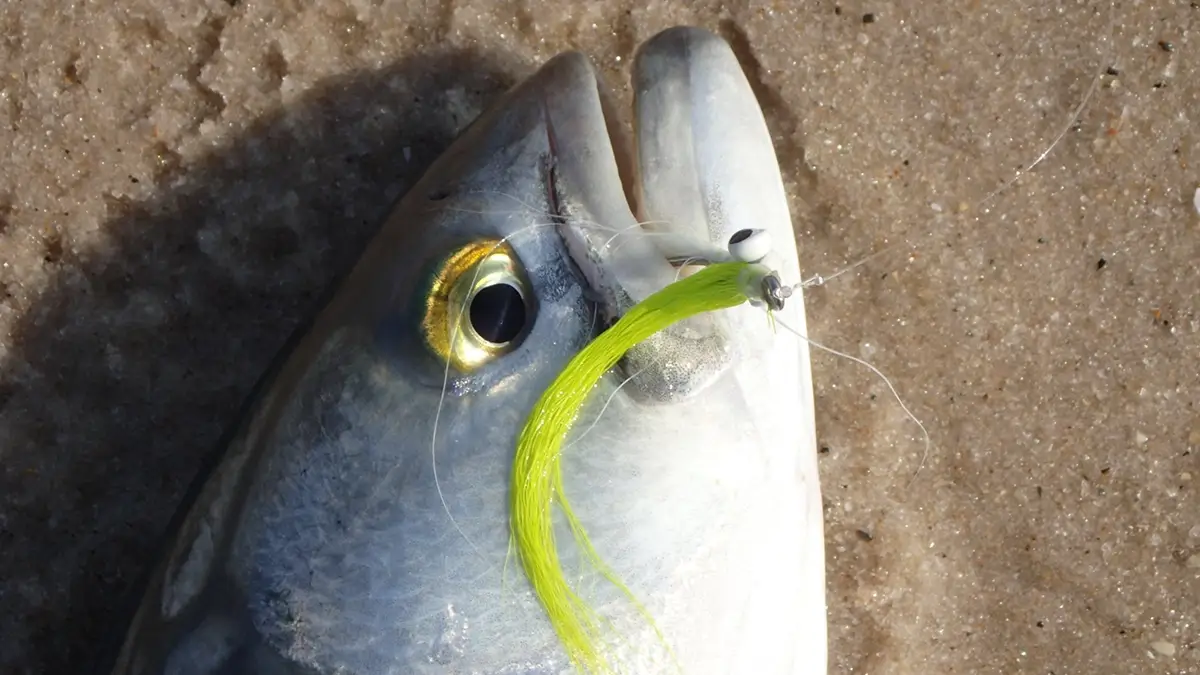
Bluefish
I love bluefish for the way they rove in packs, destroying everything on their path. The yellow eyed devils show up in the hotter months, giving anglers a worthy adversary when the stripers have departed for cooler waters.
Blues can be caught using fly or light tackle, on bait, or with a bit of a beer can cut into pieces — what’s not to love? And unlike stripers, bluefish don’t retreat to depths as the sun rises, so they can be caught all day long. If you stumble upon them, you can often catch them until your arm is sore. Hungry, angry predators that travel in large groups — it’s easy to understand why they are a favorite.
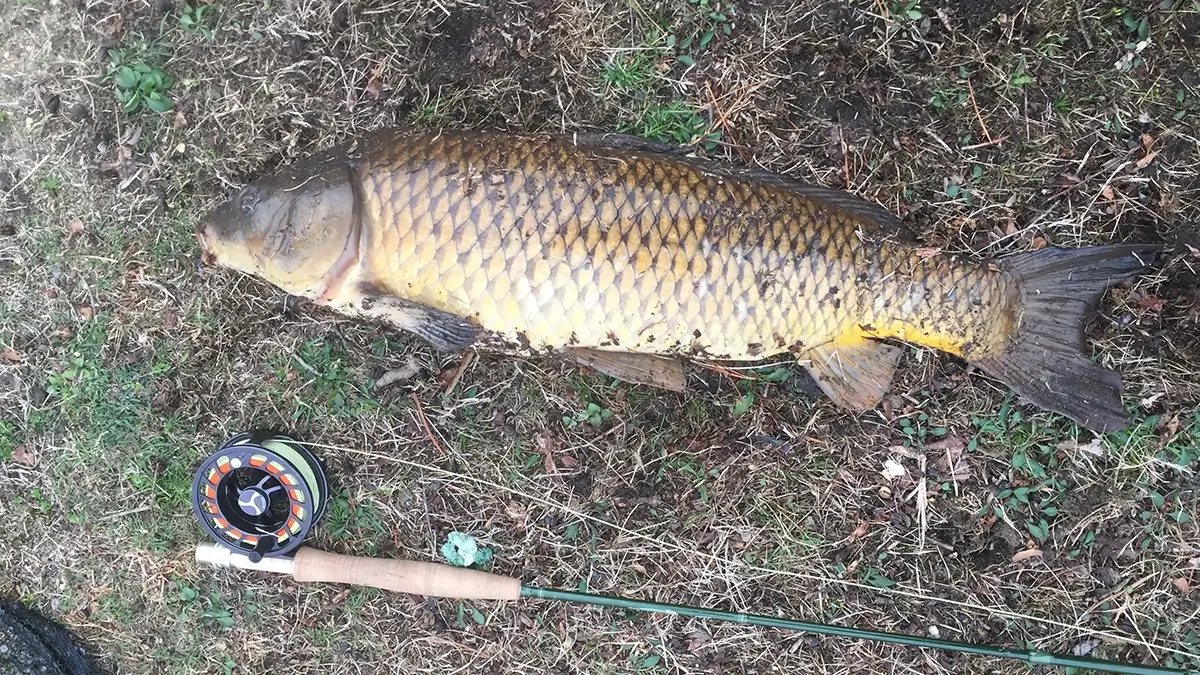
Common Carp
I love carp for their availability. They seem to thrive in even the most degraded waters, growing to double-digit sizes in places otherwise devoid of fish. Across the pond, anglers pay great sums of money to target them, but here, we have them in just about every municipal pond.
They provide much-needed sport for anglers stuck in cities, allowing them to hone their skills when they can’t get away to more picturesque locations. The so-called Golden Bones are wary, demanding stealthy, skillful presentations. Once hooked, they go on scorching runs. Though these fish lack the prestige of the others, they have a lot of qualities that should endear them to anglers.
And the Winner is…
With so many great species out there for anglers to chase, it’s tough to declare one a winner. Truthfully, these are just a handful of my favorite fish. I enjoy seeking out new species and techniques, as well as new places to fish. So in conclusion: The best fish is the next fish. Whatever (and wherever) that may be.









